

Heaven is the 477 bus to Holy Island

There are some gems of journeys in the Great Scenic Journeys collection, but in deep in Northumberland, there’s a heavenly trip to be devoured, and one so utterly stupendous, words don’t do it justice, even though we will try! It’s one of the most incredible, jaw-dropping adventures by bus in the UK and beyond, one of enchantment, history, serenity, drama and mystique….It really is one of the very best and the jewel in the crown of many that are showcased as ‘Days out by bus’ inspiration in the North East by our friends at North East Combined Authority https://www.northeast-ca.gov.uk/daysoutbybus
Off the rugged northeast coast of England lies a place wrapped in sea mist and centuries of history — Holy Island, or Lindisfarne, as it’s also known. This tidal island in Northumberland is more than just a pretty destination; it’s a living relic of the early Christian age, a sanctuary for wildlife, and a haven for seekers of solitude and story. Accessible only at low tide via a narrow causeway, Holy Island feels like it belongs to another time, a place where history lingers in the breeze and the roar of the North Sea carries whispers of saints and Vikings.
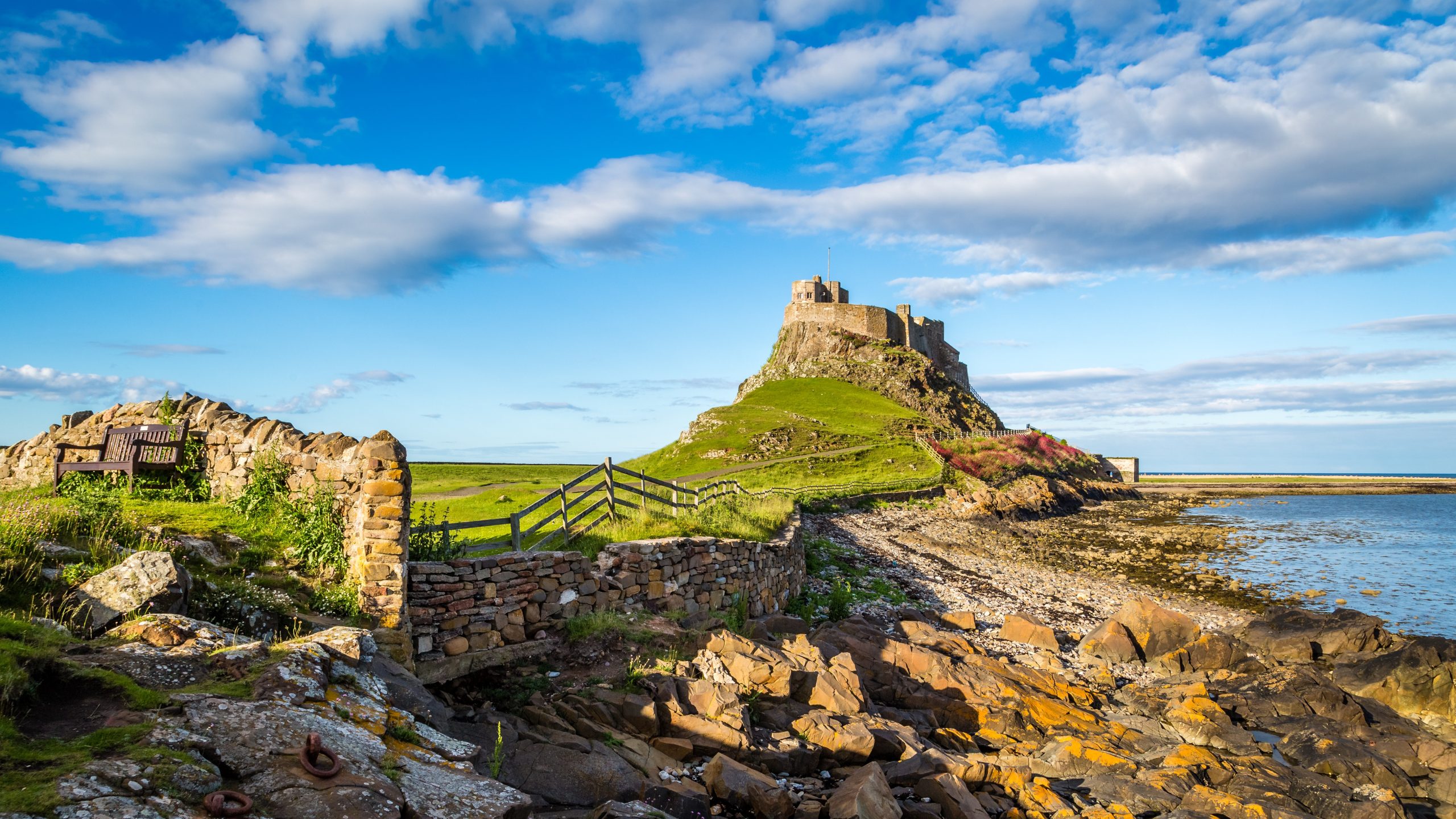
Lindisfarne is most famously known as the cradle of Christianity in England. In 635 AD, Saint Aidan arrived from Iona, a small island off the west coast of Scotland, and established a monastery on Holy Island at the request of King Oswald of Northumbria. It was here that the revered Lindisfarne Gospels — a stunning illuminated manuscript — were created in the early 8th century by the monk Eadfrith. These gospels, now housed in the British Library, are celebrated as one of the greatest achievements of medieval European art. But the monastery’s peace was not to last. In 793, Viking raiders stormed Lindisfarne in an attack that shocked the Christian world and heralded the start of the Viking Age. The island has carried the weight of that violent beauty ever since.

Today, the ruins of Lindisfarne Priory still stand sentinel over the village, their weathered stone arches etched with centuries of salt and wind. A visit here is not just a stroll through history, but a humbling experience, as you walk where saints once prayed and pilgrims walked barefoot across sand and sea. The island’s small museum offers a deeper insight into its sacred past, with relics and reconstructions that bring to life the daily existence of monks who lived in such elemental isolation.
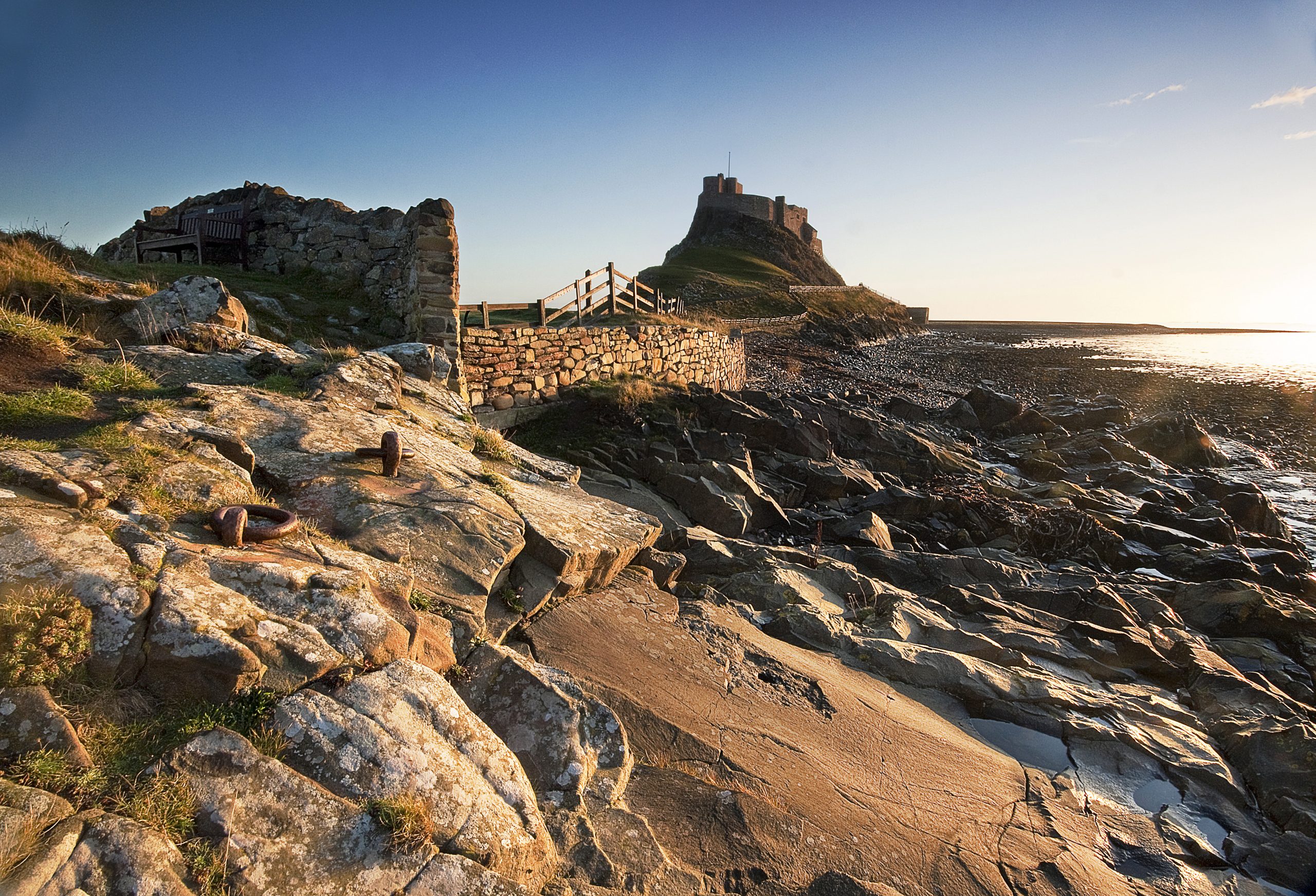
Getting to Holy Island is an adventure in itself. There is no bridge, only the famed causeway that connects the island to the mainland. Twice a day, the North Sea swallows it whole, making it impassable. This lends the journey a certain drama — and a need for planning.

From beautiful Berwick-upon-Tweed (see above picture), the nearest large town, you can take the 477 bus service operated by Borders Buses.
It’s a scenic 30-minute ride that winds through sleepy villages and rolling farmland before reaching the causeway. But be sure to check the tidal times: the bus only runs when the causeway is safe to cross. There’s a particular thrill in watching the tides recede, revealing the shimmering ribbon of road that leads you to the island.
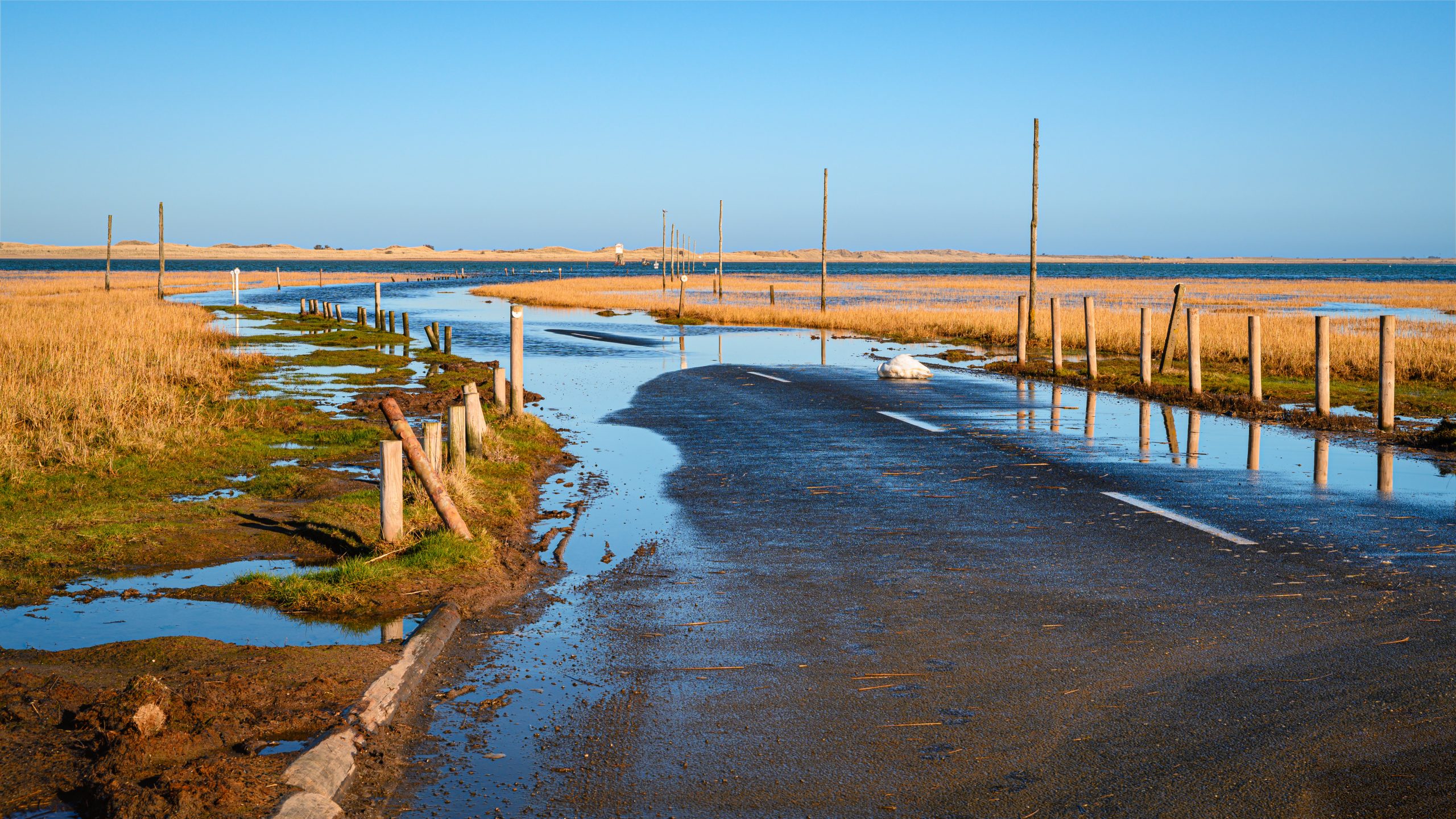
Once you arrive, the pace of life changes. The small village is charming, with stone cottages, quirky shops, and the gentle hum of walkers and pilgrims. One of the first things you’ll see is Lindisfarne Castle, perched dramatically atop a volcanic mound known as Beblowe Crag. Originally built in the 16th century using stones scavenged from the ruined priory, it was transformed into a country retreat in the early 1900s by the famed architect Sir Edwin Lutyens. Its interiors are a curious blend of austere fortress and Edwardian elegance, with views that stretch across the causeway and beyond to Bamburgh and the Farne Islands, renowned for its wonderful wildlife including Guillemots and Razorbills. During certain times of the year, the castle is wrapped in a veil of fog, adding to its otherworldly feel.
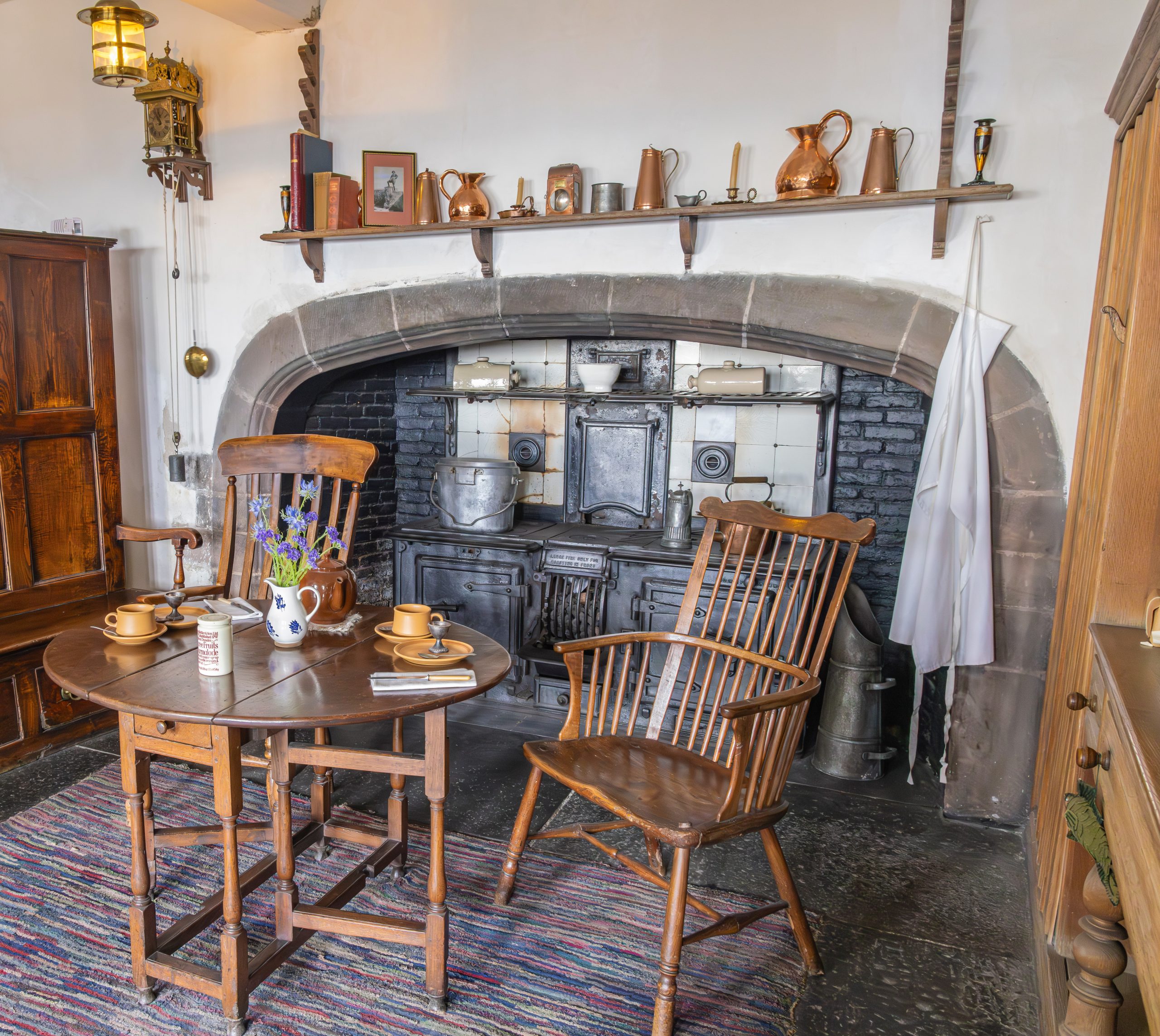
There’s a serene beauty to the island’s landscape. Wide, windswept beaches stretch out toward the horizon, home to seals and seabirds that thrive in the protected Lindisfarne National Nature Reserve. Walk along the shoreline and you might see herons stalking the tidal pools or hear the eerie call of curlews echoing over the mudflats. The island’s interior is equally striking, dotted with gorse and wildflowers in summer, and laced with walking paths that offer quiet moments of reflection. A loop around the island takes a few hours and reveals everything from ancient crosses to panoramic sea views.
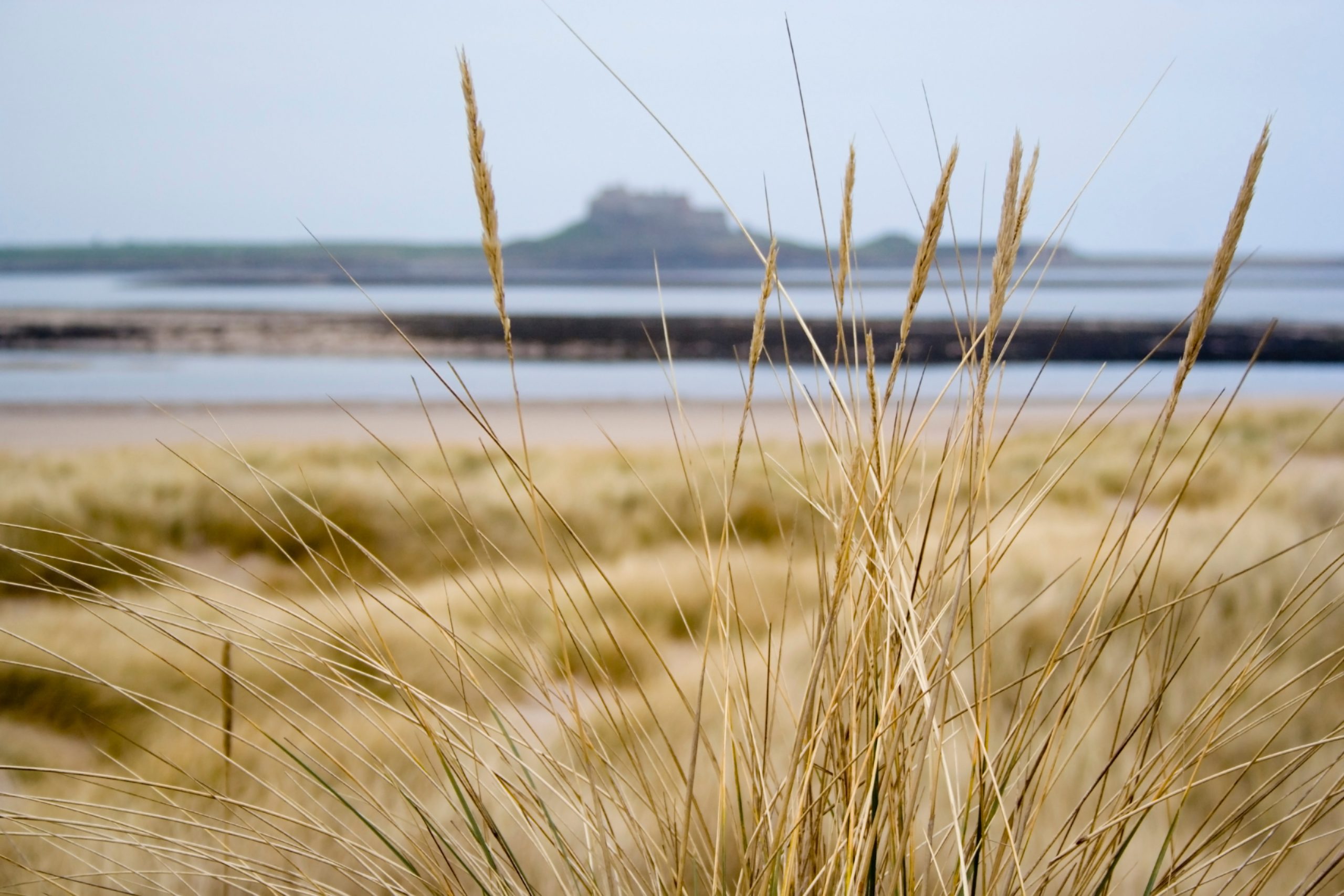
No trip to Holy Island is complete without a stop for lunch or a warming cup of something strong. The Barn at Beal, just before the causeway on the mainland, offers a cosy café with views over to the island, perfect if you’re waiting for the tides to turn. On the island itself, Pilgrims Coffee House is a favourite — a tucked-away gem that roasts its own beans and serves hearty soups, cakes, and toasties. Their garden, sheltered from the sea wind, is a wonderful place to rest your legs and watch the slow rhythm of island life.
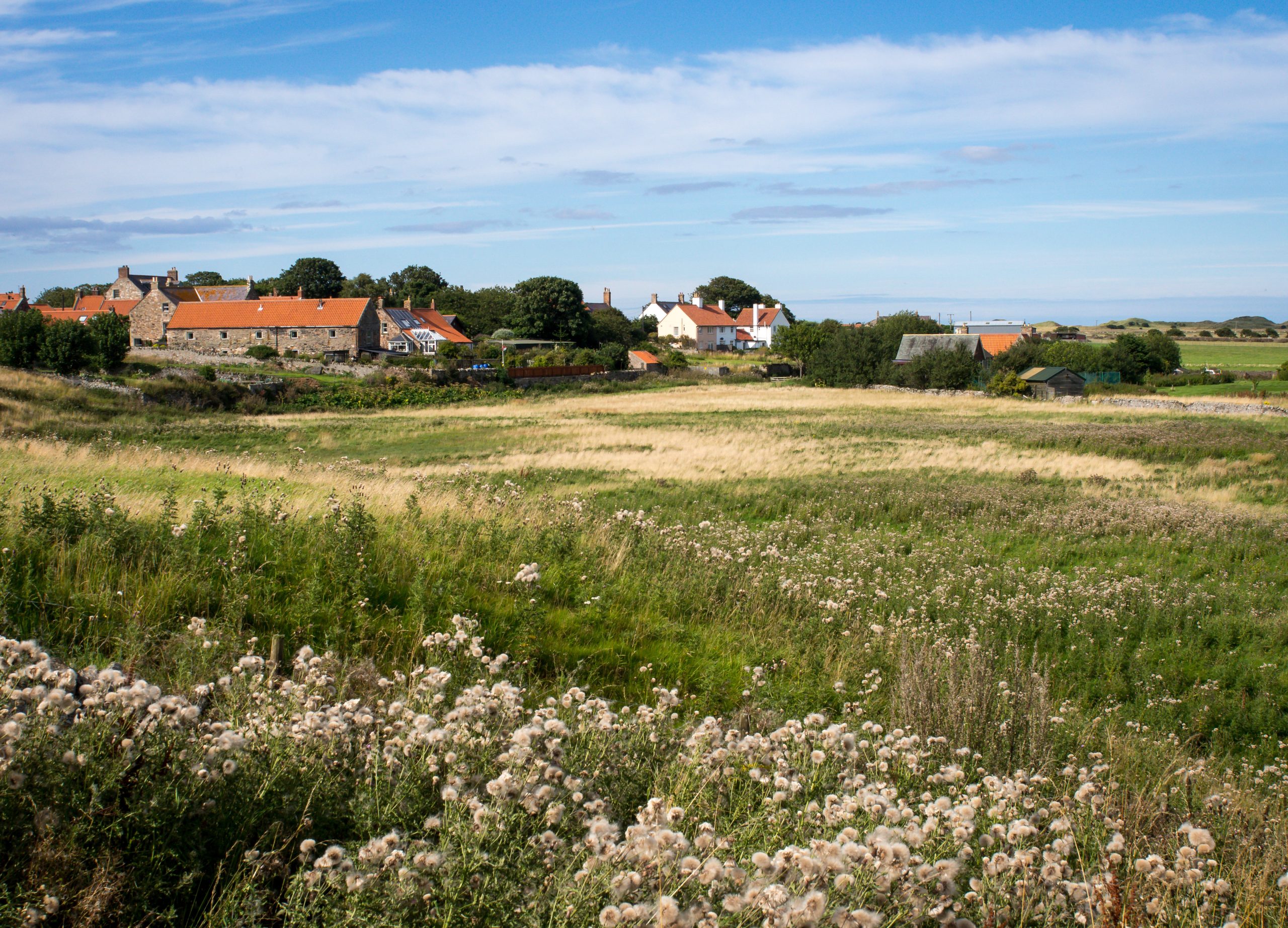
And then there are the quirks. For starters, there’s a local meadery — St Aidan’s Winery — where you can sample Lindisfarne Mead, a potent blend of fermented honey, herbs, and wine that traces its origins back to the monks. It’s sweet, strong, and perfect for warming you after a bracing walk. Meanwhile, St Aidan’s statue (see below) can be found in the grounds of Lindisfarne Castle. The island also has its fair share of ghost stories, from spectral monks seen on misty mornings to tales of Viking spirits guarding lost treasures. And did you know that the legendary author Sir Walter Scott visited and wrote about Lindisfarne? Or that it featured in one of the Harry Potter video games as a setting for one of the levels?

Famous visitors include J.M.W. Turner, who captured the castle in one of his moody seascapes, and more recently, travel writers and photographers drawn by the island’s haunting beauty. But perhaps the most enduring presence on Holy Island is not any one person, but the sense of peace it offers. There’s something undeniably spiritual about it, whether you come as a pilgrim, a historian, or just someone looking to escape the chaos of the world.
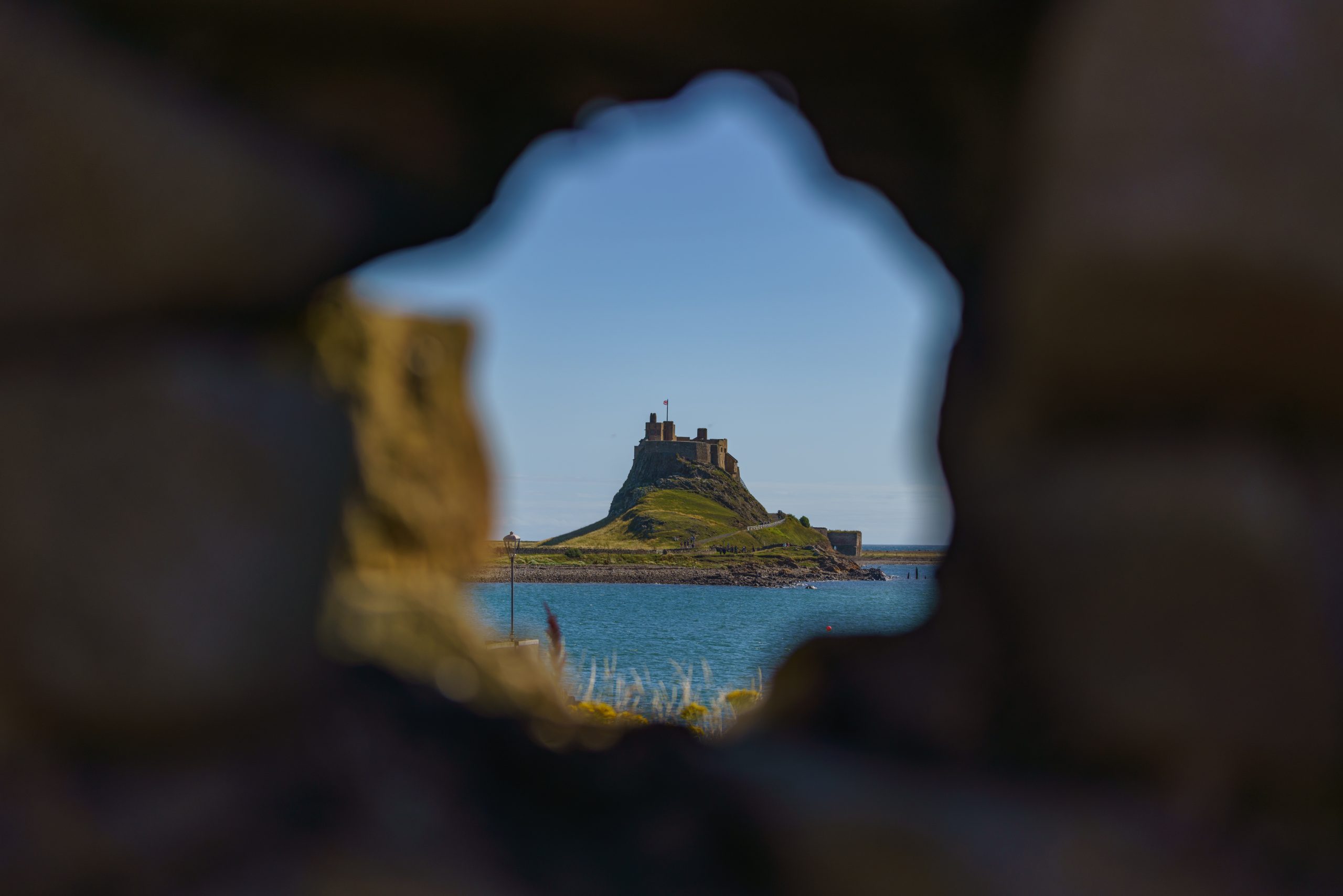
Lindisfarne isn’t just a place you visit — it’s a place that stays with you. The tides may carry you back to the mainland, but your thoughts will linger on its shores. And in an age of speed and noise, that’s a rare kind of magic. This is a bus journey like no other. Simply stunning and almost surreal! The 477 Borders Bus borders on heaven – it really does! To plan your adventure check out the link below….


